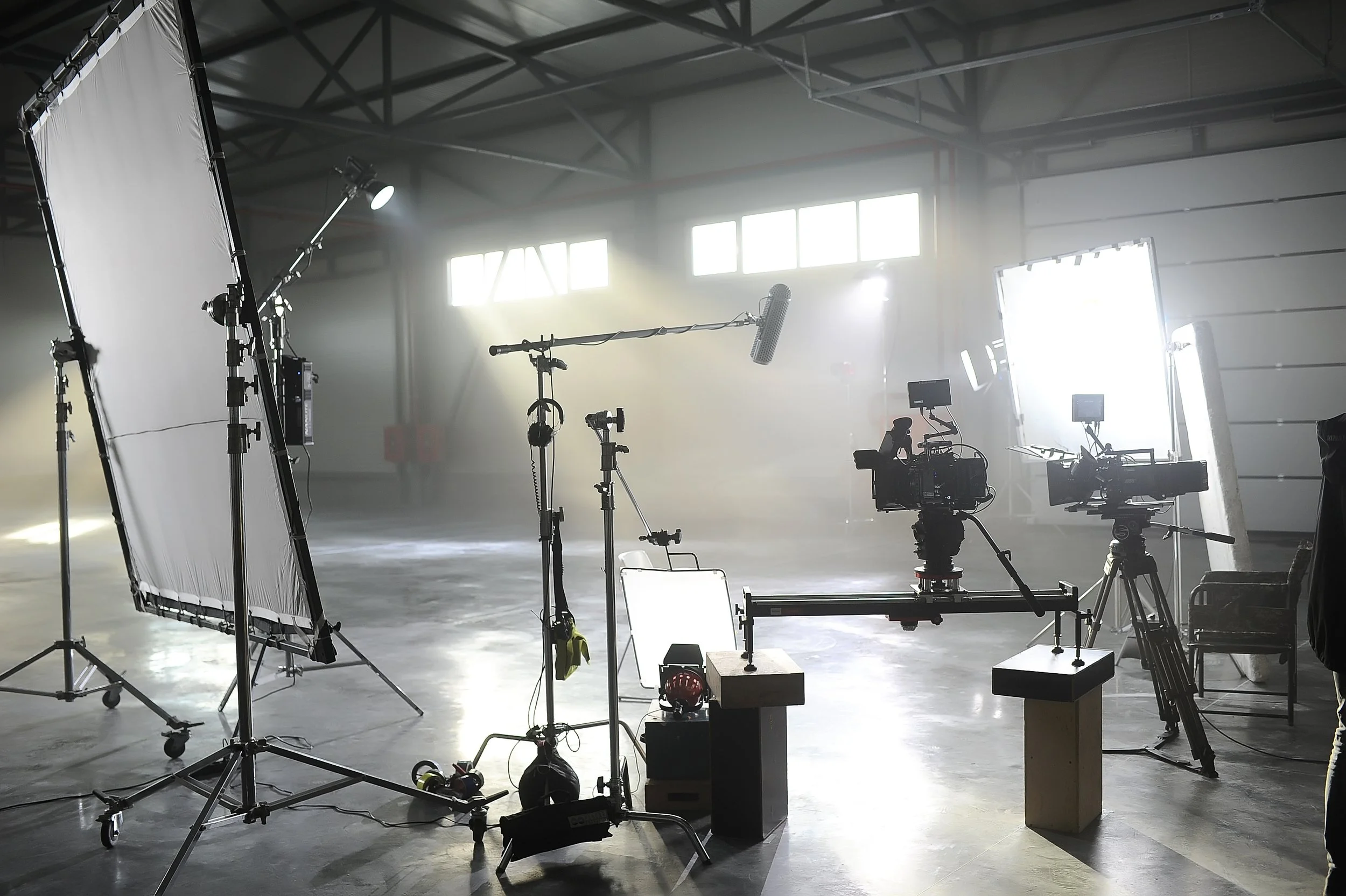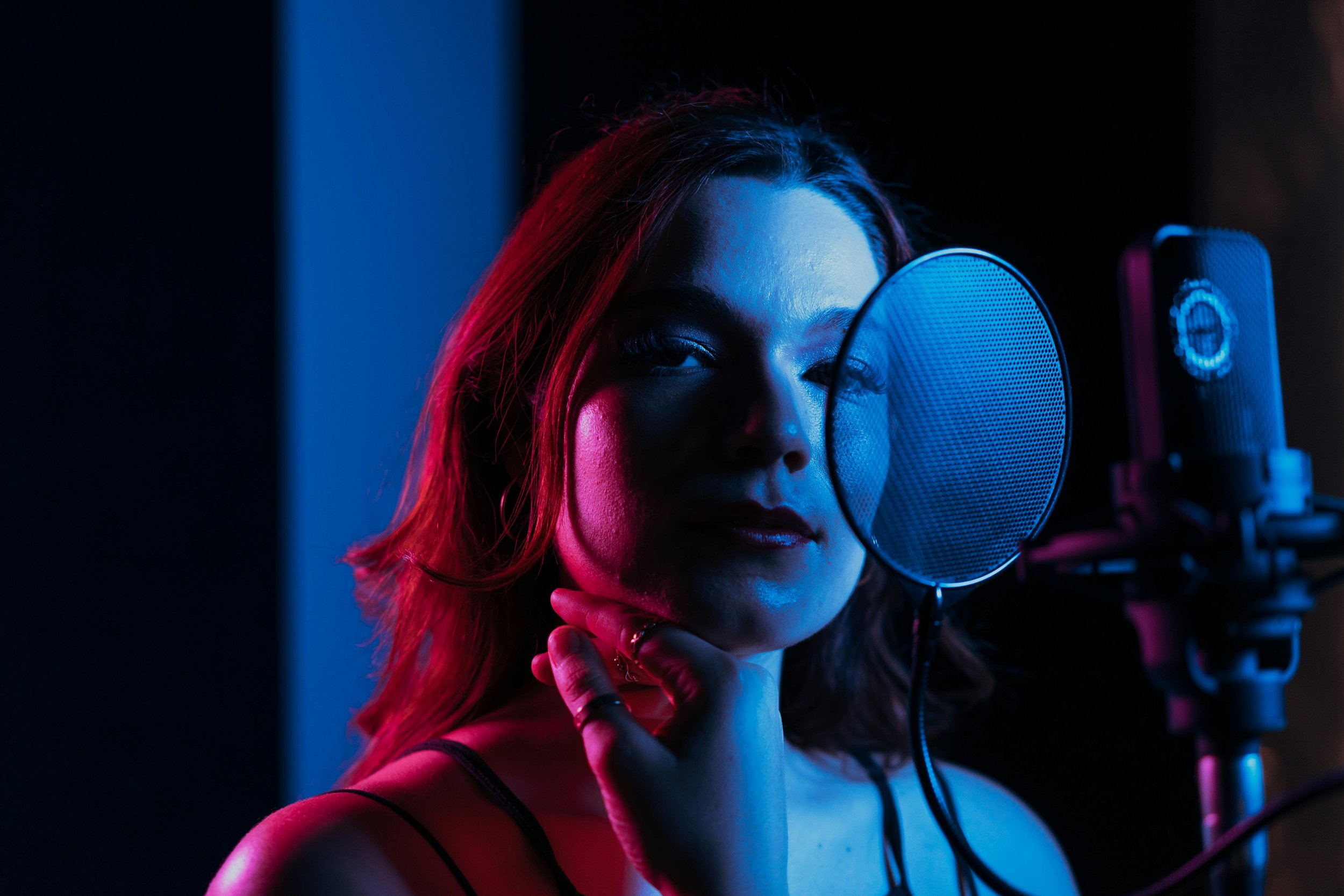Level Up Your Sound: Top 5 Reasons Music Videos are Essential for Artists
Why you need a music video.
Level Up Your Sound: Top 5 Reasons Music Videos Are Essential for Artists
In today's visually saturated world, a standout record isn't always enough to cut through the noise. For recording artists, investing in a music video is no longer a luxury – it's a vital component of a successful career. Why? Let's break down the top 5 reasons why a compelling music video should be your next power move.
At number 5, a well-crafted video amplifies your artistic vision. It provides a canvas to visually interpret your lyrics, explore thematic elements, and showcase your unique style beyond the sonic realm.
Number 4: Music videos are potent discovery tools. Platforms like YouTube, Vevo, and Vimeo are massive search engines for music lovers. A captivating video significantly increases your discoverability and helps you reach a wider audience organically.
Number 3: a strong music video deepens fan engagement. It offers a more immersive experience, allowing fans to connect with your music and persona on a deeper level. Sharing behind-the-scenes glimpses or crafting compelling narratives can build a loyal following.
The Number 2 reason: Music videos significantly boost promotional power. They are perfect for sharing on social media, embedding on your website, and pitching to blogs and media outlets, acting as a dynamic visual calling card.
And finally, at number 1: A professional music video elevates your credibility. It signals that you're serious about your craft and willing to invest in presenting your music in a high-quality format. This professionalism can open doors to more opportunities, collaborations, and a stronger overall brand.
Ready to give your music the visual treatment it deserves? At Battle Royale Productions, we fight for your vision! Let us help you craft a striking and memorable music video that will elevate your artistry and connect with your audience. Contact us today to discuss your project!
Why Professional Video Looks the Same No Matter What Platform or TV Model
Why Professional Video Looks the Same No Matter What Platform or TV Model
Calibrated Set Monitors for Spiderman:Homecoming
If you've ever flipped between a high-end OLED, a plasma display from the 2000s, or even a phone screen and thought, “Why does this blockbuster movie always look consistently good?” — you're not imagining things. There’s a secret sauce behind that visual consistency, and it’s not just great cinematography or expensive gear. It’s professional monitor calibration — the invisible art that ensures what you see is exactly what the filmmakers intended, no matter where you're watching.
As an engineer, I had the chance to perform this process up close and personal while working on Spiderman: Homecoming, where I calibrated monitors alongside the immensely talented DIT (Digital Imaging Technician) Francesco Sauta. That film holds a special place in post-production history as it was one of the first major studio projects to adopt the ACES (Academy Color Encoding System) workflow. ACES is essentially the Rosetta Stone for color in modern filmmaking — a standardized color pipeline developed by the Academy of Motion Picture Arts and Sciences. It was built to maintain color fidelity across every stage of production and post, from set to screen. And let me tell you, calibrating to ACES was like switching from a compass to GPS. With the right tools and standards, we were finally speaking a universal color language.
The calibration tools themselves are just as crucial as the process. You wouldn't use a $5 tire gauge on a Formula 1 car, and the same applies here. High-end calibration probes, LUT boxes, and reference monitors are the unsung heroes of visual storytelling. The better the tool, the more precise the color reproduction. And not all displays are created equal — some technologies lend themselves beautifully to the job. OLEDs and legacy plasma displays, for instance, excel because they don’t simulate black — they “are” black. Each pixel is individually emissive, meaning it’s either on or off. No artificial backlight muddying up the contrast, no weird halos, just crisp, deep blacks and vivid highlights that make skin tones and shadows feel “cinematic”.
At the end of the day, there's an old saying in media production: “Garbage in, garbage out.” If you're working with poorly shot footage or miscalibrated monitors, no amount of color grading voodoo is going to save you. But when you've captured a beautiful image on set and calibrated your gear to perfection, the result is pure magic — the closest approximation to what the director, cinematographer, and colorist envisioned in the color suite. That’s why professional video looks the same across platforms: it’s not a coincidence, it’s a calibrated intention.
So the next time you're watching a beautifully lit scene and thinking, “Damn, that looks good,” remember — someone, somewhere, squinted at a waveform monitor for hours to make sure it did.








